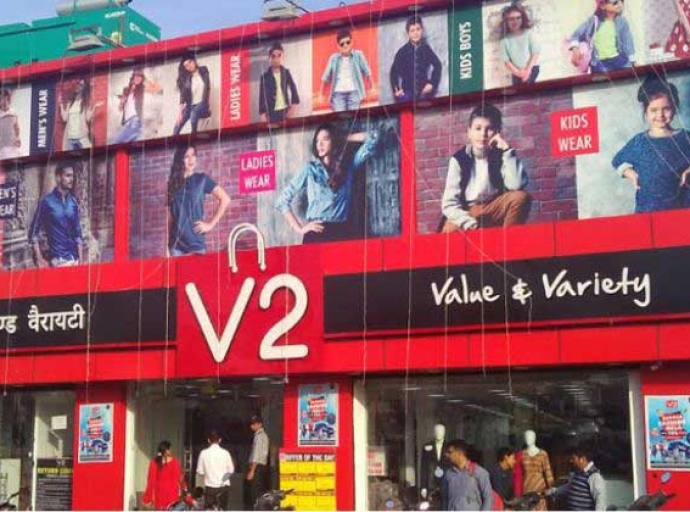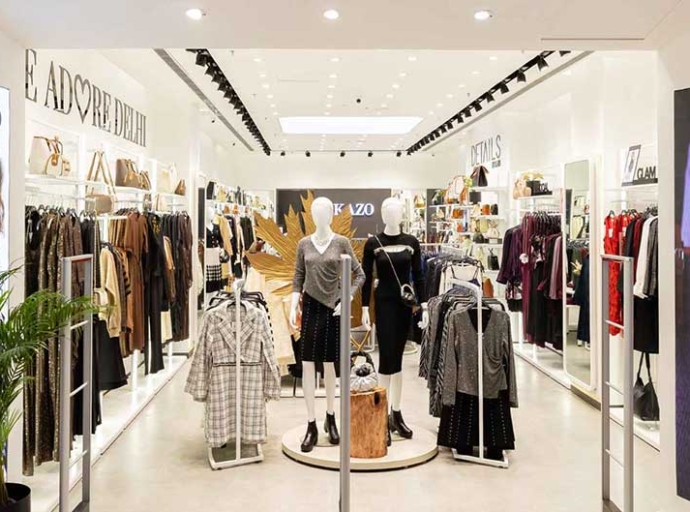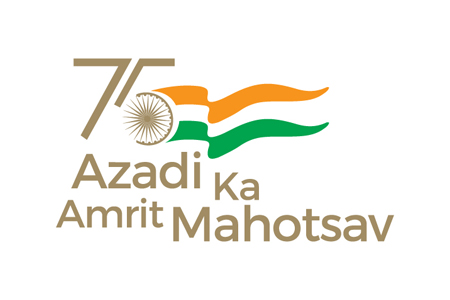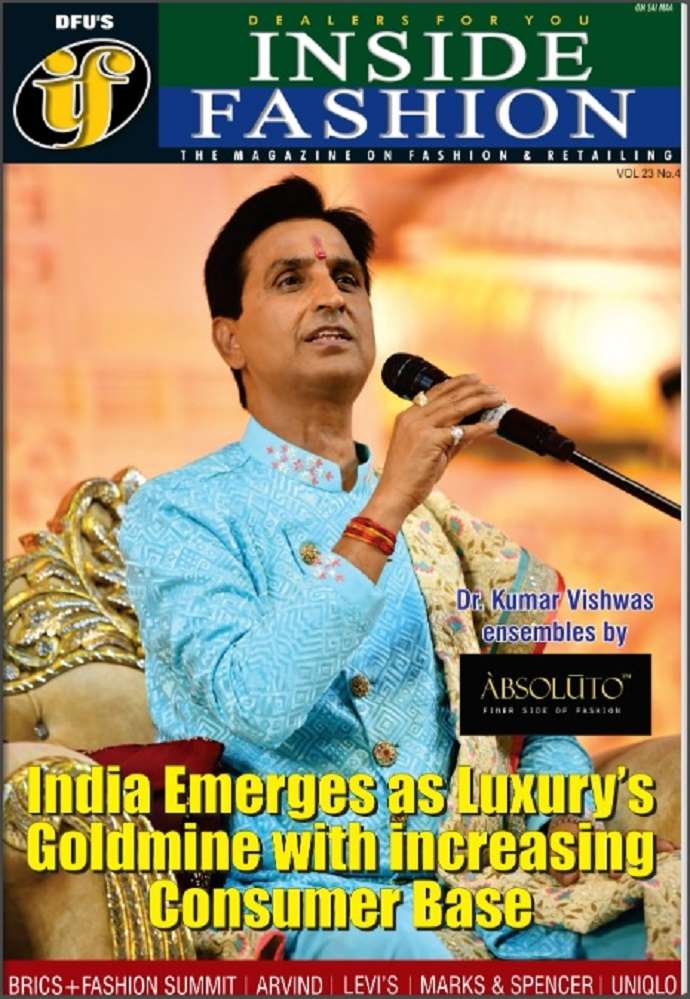The Thrift Revolution in India: A shift towards sustainable and affordable fashion

Thrifting in India is moving from the fringes of necessity-driven shopping to a conscious lifestyle choice. Once perceived as a last resort for those with limited means, second-hand shopping has now become a preferred alternative for fashion enthusiasts, sustainability advocates, and budget-conscious consumers. This shift signifies more than just a change in consumer habits—it indicates a broader cultural movement where affordability, individuality, and environmental responsibility converge.
A cultural shift towards second-hand fashion
Thrifting was once overshadowed by societal perceptions that associated second-hand clothing with financial struggle. However, today’s consumers—especially younger generations—view thrifted fashion as a statement of individuality and an opportunity to make environmentally responsible choices.
The rise of fast fashion has led to excessive textile waste, increasing concerns about the industry's carbon footprint. Thrifting presents a sustainable alternative, allowing people to extend the life cycle of garments while reducing demand for new production. Also, thrifted clothes offer an element of exclusivity—shoppers can find unique, vintage, and branded pieces that stand apart from mass-produced styles. This exclusivity, coupled with affordability, makes second-hand fashion an attractive option for many.
Another major growth factor is social media. Instagram has become a virtual marketplace for curated thrift collections, allowing small businesses and independent sellers to thrive. Social media not only provides visibility to thrift stores but also shapes consumer perception, portraying thrifted fashion as trendy and desirable. The increasing acceptance of pre-owned fashion reflects a deeper shift in attitudes, where sustainability and style go hand in hand.
Growth of Indian thrift market
As per Credence Research the second-hand apparel market in India was valued at $3,003.65 million in 2023 and expected to grow at a CAGR of 13.04 per cent from 2024 to 2032. This suggests the market could reach $9,111.35 million by 2032. India’s thrift industry mirrors global trends, where second-hand fashion is outpacing traditional retail. ThredUp’s resale report states, the global resale market is set to grow 11 times faster than conventional retail by 2028. These figures highlight the increasing consumer shift towards sustainable and cost-effective shopping alternatives.
E-commerce and social media are playing a crucial role in this growth. The ease of access to thrift stores through Instagram, Facebook, and dedicated online platforms has significantly increased their reach. Digital solutions, such as AI-powered recommendations and virtual thrift marketplaces, are further boosting customer experience. Moreover, the concept of a circular economy—where products are reused, refurbished, or resold—has gained traction, reinforcing the importance of extending the lifespan of clothing.
The rise of online/offline thrifting stores
The thriving online thrift ecosystem is largely driven by independent sellers who curate high-quality, second-hand clothing for a growing customer base. Many Instagram thrift stores are gaining popularity for their carefully selected pieces, personalized shopping experiences, and affordable pricing. For many GenZ shoppers, thrifting online is not just about affordability—it’s also about discovering hidden gems that offer a break from fast fashion’s repetitive designs.
Despite the growth of online thrifting, traditional second-hand markets continue to hold their charm. Delhi’s Sarojini Nagar market and Mumbai’s Mangaldas market are go-to destinations for budget-conscious shoppers seeking stylish yet affordable clothing. These bustling hubs offer an extensive range of second-hand apparel, catering to a broad audience that values thrift shopping for its variety and affordability.
Challenges and opportunities
Despite its growing popularity, thrifting in India still faces many challenges. Cultural perceptions around wearing pre-owned clothing remain a barrier for some, as second-hand items have traditionally been associated with lower economic status. Also, ensuring quality and hygiene standards in thrifted clothes are a concern for buyers. Building a reliable and efficient supply chain for second-hand goods is another hurdle that the industry needs to overcome.
However, the opportunities far outweigh the challenges. The continued growth of online thrift platforms and mobile apps offers good growth potential. Thrift stores can also collaborate with established fashion brands to promote sustainability and integrate second-hand clothing into mainstream retail spaces. Moreover, consumer education highlighting the environmental benefits of thrifting can help change perceptions and encourage more people to embrace the practice.
Future of thrifting in India
As sustainability takes center stage, thrifting will become a mainstream practice in India. With growing environmental awareness and an increasing preference for unique, budget-friendly apparel, the second-hand market is set to flourish. The integration of technology, such as AI-driven thrift platforms and digital resale solutions, will further accelerate this trend.
Thrifting is no longer just an alternative—it is a movement. It represents a cultural and economic shift towards more responsible consumerism, where affordability, sustainability, and personal style align. As India embraces this change, the second-hand apparel market will continue to redefine fashion norms, making sustainable shopping an integral part of the country’s retail landscape.
Latest Publications

































